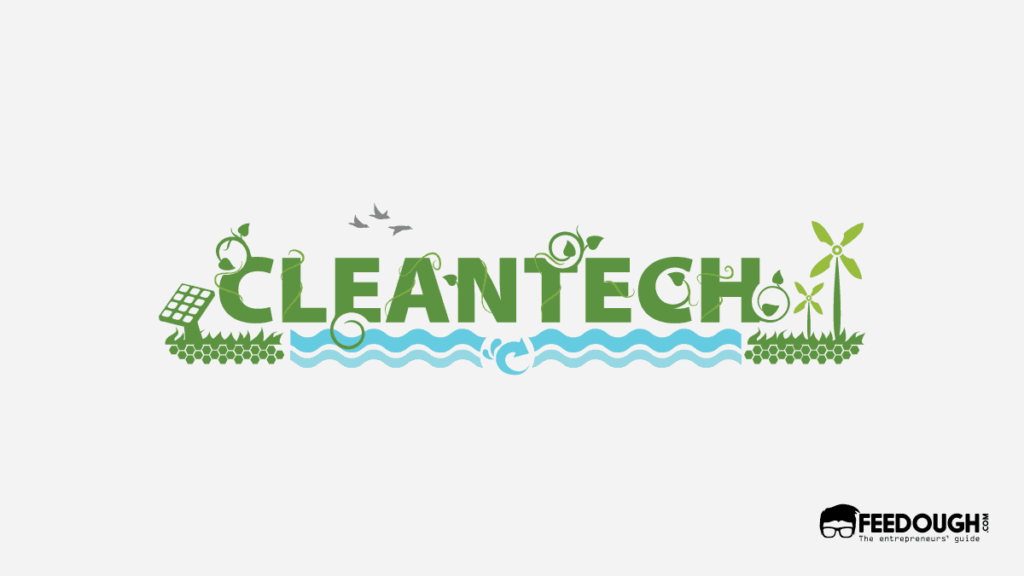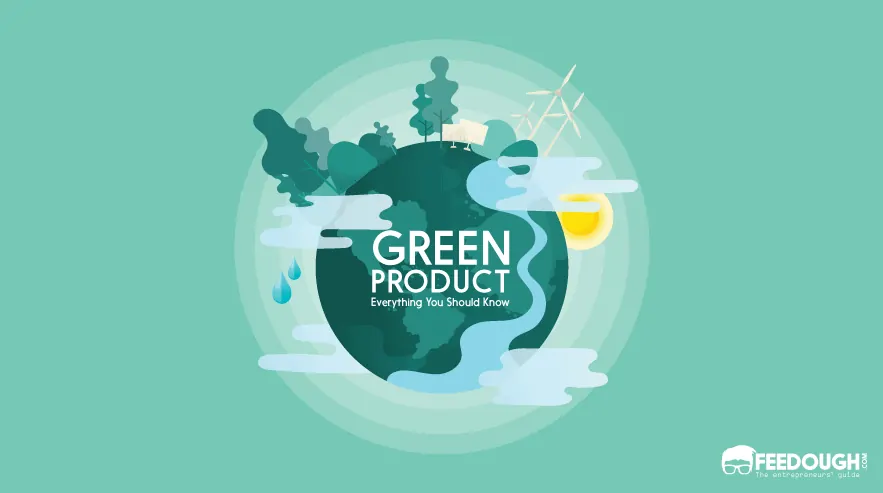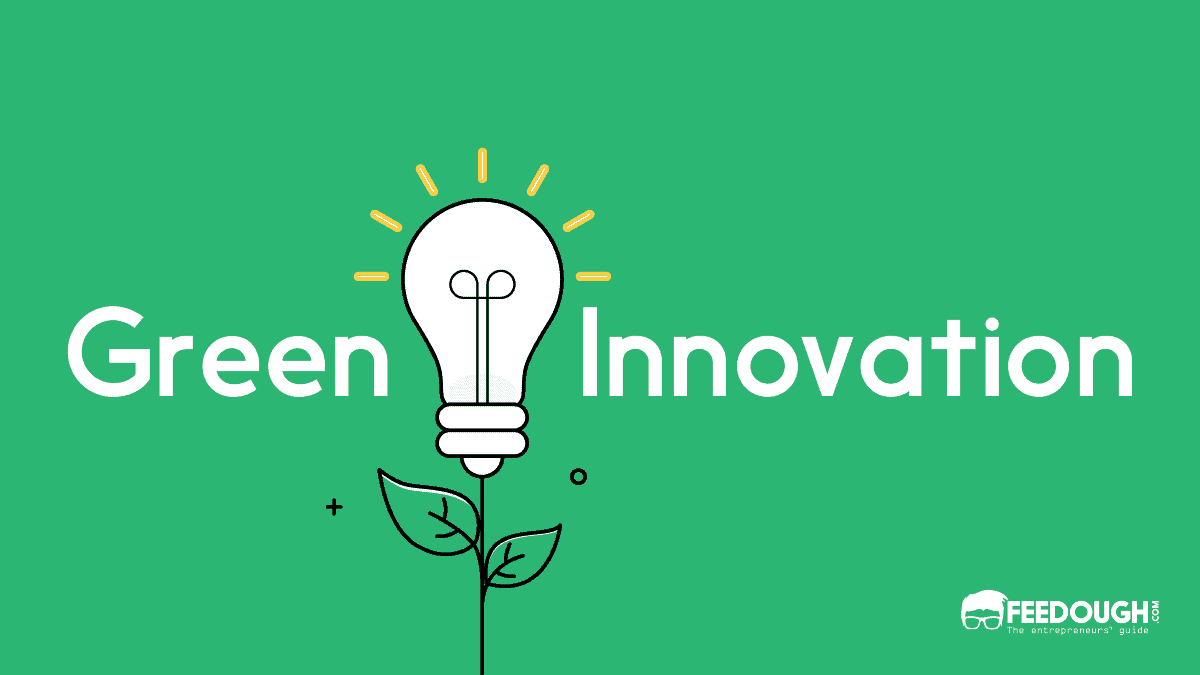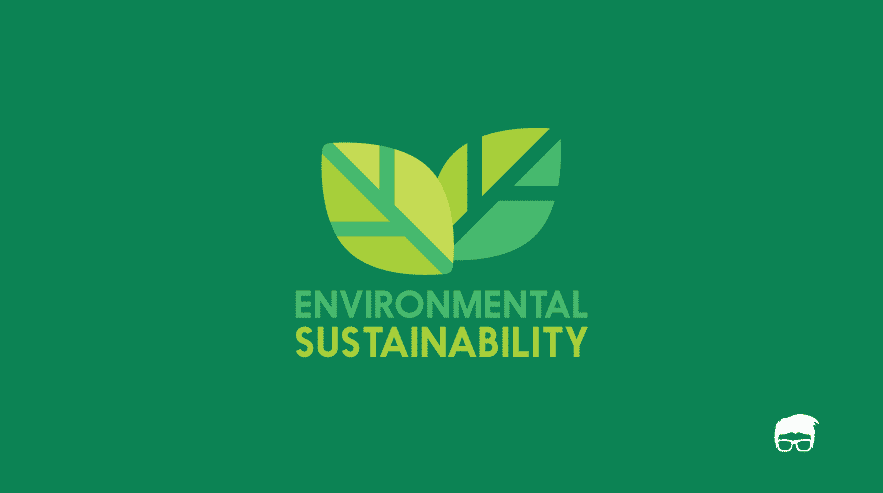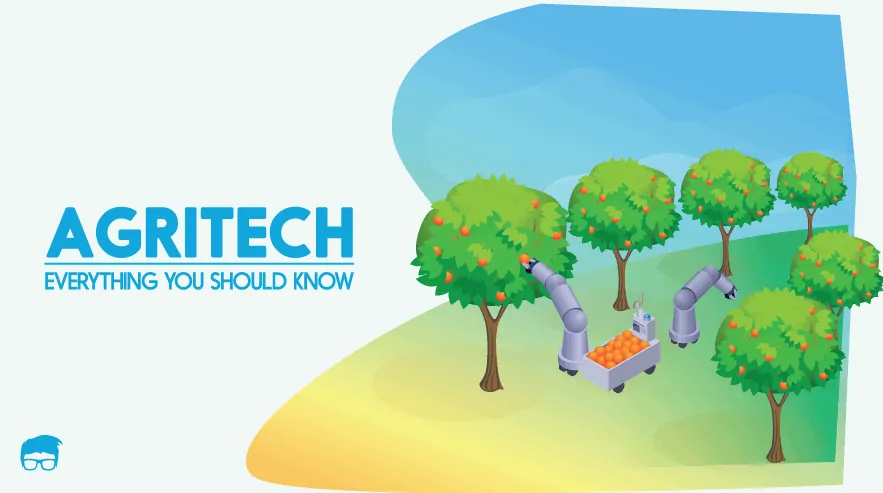The world is changing at a faster pace than we ever thought. As the population and global carbon footprint continue to rise, the need for clean energy and technologies is increasing everyday.
Cleantech, clean energy, and sustainable energy is becoming significant solution on a global scale. And the more we embrace them, the sooner we will reach a point where humanity can live in a healthy, sustainable, and safe way.
It is an emerging field of business in which innovation and sustainability are driving forces, as opposed to short-term financial gains.
What Is Cleantech?
Cleantech, short for clean technology, refers to the use of sustainable technologies, energy sources, materials, and processes to design and build products that aim to minimise or eliminate the negative environmental impact of human activities.
It includes using technology to not only make products and services more environmentally friendly but also to make them more efficient, thus reducing the overall impact on the environment.
This can be done through a variety of means such as using renewable energy sources, developing new green materials, or improving manufacturing processes.
While often considered synonymous with ‘green technology’ or ‘environmental technology’, cleantech encompasses a much broader range of technologies and innovations.
Cleantech can be applied to any industry or sector, from agriculture to transportation, and from construction to waste management. It is a broad term encompassing many technologies such as solar, wind, nuclear, water, electric cars, biofuels, fuel cells, microgrids, etc.
Environmental Challenges
As the world population continues to grow, so does the demand for energy and resources. This increase in demand is putting a strain on our planet’s finite resources and causing serious environmental challenges such as climate change, water shortages, air pollution, and loss of biodiversity.
Besides this, here are some of the main challenges that cleantech aims to address:
- Climate change: This is perhaps the most pressing challenge that we face today. With the overuse of fossil fuels and other greenhouse gas-emitting activities, the Earth’s atmosphere is slowly being depleted of its protective ozone layer. This is leading to a rise in global temperatures, which is causing all sorts of weather anomalies such as more extreme storms, droughts, and floods.
- Water shortages: With the world population projected to reach 9.8 billion by 2050, water demand is expected to increase substantially. This, combined with the effects of climate change, means that water shortages could become a major issue in the coming years.
- Pollution: Air pollution is estimated to cause 7 million premature deaths each year, while water pollution is responsible for the death of 1.8 million people annually. And it’s not just humans that are affected – air pollution also takes a toll on animals and plants, contributing to biodiversity loss.
- Deforestation: Deforestation is another major environmental problem. Every year, an estimated 18.7 million hectares of forest are lost – that’s the equivalent of 27 soccer fields every minute. Deforestation not only has an impact on the environment but also on the people who depend on forests for their livelihoods.
- Lack of innovation: One of the main reasons why environmental problems are so difficult to solve is because there has been a lack of innovation in the way we deal with them. For example, we are still using inefficient and polluting technologies from the industrial revolution, such as coal-fired power plants.
- Inadequate regulation: Another reason why environmental problems are so difficult to solve is because of inadequate regulation. For example, there are no international regulations on the shipping industry, which results in ships dumping their waste into the ocean.
- Lack of awareness: A third reason why environmental problems are so difficult to solve is because of a lack of awareness. For example, many people are not aware of the impact their daily activities have on the environment.
Cleantech Use Cases
Clean technology includes a broad range of technologies and approaches that have the potential to address environmental problems. Some of the most promising clean technologies include:
- Wind energy: Wind energy is a clean, renewable source of electricity that can be used to power homes and businesses. Wind turbines convert the kinetic energy of the wind into electrical energy, which can then be used to power appliances and lights.
- Solar energy: Solar energy involves the capture of sunlight and its conversion into electrical energy. Solar panels are used to collect and convert the sun’s rays into usable electricity.Hydroelectricity:
- Hydroelectricity: It is a type of renewable energy that uses water to generate electricity. Hydroelectric power plants use the kinetic energy of moving water to spin turbines, which in turn generate electricity.
- Geothermal energy: It is the thermal energy generated and stored in the Earth. Geothermal power plants use this heat to generate electricity. The heat is extracted from the ground through a network of pipes, and used to heat water, which produces steam. The steam is then used to spin turbines, which generate electricity.
- Bioenergy: Bioenergy is the energy derived from biomass. Biomass is organic matter, such as plants, animals, and their waste products. It can be used to generate electricity, heat, and transportation fuels.
- Electric vehicles: Electric vehicles are a clean alternative to traditional gasoline-powered cars and trucks. They emit no pollutants and have the potential to significantly reduce transportation-related emissions.
- Biomass: Biomass is a renewable resource that can be used to generate electricity and heat. When used properly, biomass can help to reduce greenhouse gas emissions and air pollution.
- Nuclear power: Nuclear power is a clean, emissions-free source of electricity. It involves the use of radioactive materials to generate heat, which is then used to produce electricity.
- Hydrogen fuel: Hydrogen fuel is a clean-burning fuel that can be used in place of gasoline or diesel. Hydrogen fuel cells produce no emissions, making them a clean and environmentally friendly option for powering vehicles.
- Carbon capture and storage: Carbon capture and storage (CCS) is a technology that captures carbon dioxide emissions from power plants and other industrial facilities and stores them underground. This prevents the emissions from entering the atmosphere, where they would contribute to climate change.
- Pollution control: Pollution control technologies are used to reduce the emissions of pollutants into the environment. These technologies can include things like scrubbers, which remove sulfur dioxide from power plant emissions, and catalytic converters, which reduce emissions of nitrogen oxides from vehicles.
- Energy management: Energy management technologies help to improve the efficiency of energy use, which can reduce emissions of greenhouse gases. These technologies can include things like energy-efficient lighting and HVAC (heating, ventilation, and air conditioning) systems.
- Water management: Water management technologies help to reduce the amount of water used, which can save resources and reduce pollution. These technologies can include things like low-flow toilets and water-efficient irrigation systems.
- Waste management: Waste management technologies involve reducing the amount of waste produced, which can help to conserve resources and reduce pollution. it includes technologies like recycling and composting.
- Energy storage: Energy storage technologies help to store energy so that it can be used when needed. This can be important for renewable energy sources like solar and wind, which may not produce power all the time.
- Smart grid: A smart grid is an electricity network that uses digital technology to save energy, reduce costs, and improve reliability.
These are just a few examples of cleantech. There are many other technologies and applications that fall under the cleantech umbrella.
Cleantech Startup And Companies
The world is facing a critical shortage of energy and natural resources – with a demand far exceeding the supply. Clean technology offers a solution to this challenge.
The future of cleantech seems promising because clean energies are considered one of the most important forms of energy that will be used in the near future.
Some of the companies and startups that are making this a reality are:
Arrival

Arrival, founded in 2015, seeks to create a system of transportation that will help make urban environments sustainable and meet lower emissions targets.
They also manufacture electric vehicles that cost the same as or less than petrol and diesel equivalents, making them a viable part of the climate change solution.
Tokamak Energy
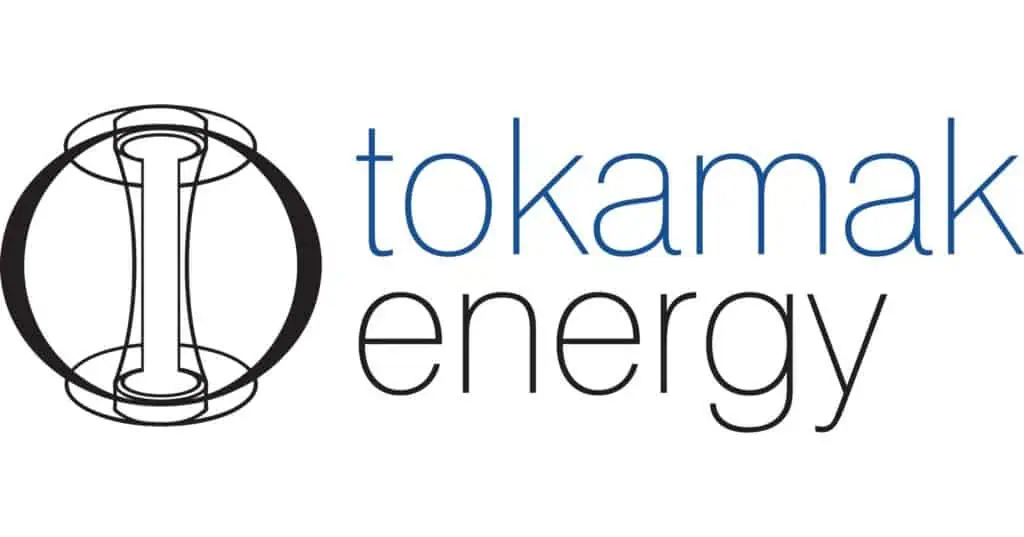
Tokamak Energy company was founded in 2009. It aims to create a new clean energy source by finding a faster way to fusion that is a safe, cost-effective, plentiful, and clean energy source that will help tackle climate change.
Once it is demonstrable and commercialised, the company will roll it out, moving towards energy efficiency and a sustainable future.
BBOXX

BBOXX, founded in 2010, aims to solve energy poverty by using solar power to provide affordable, reliable, clean electricity and other utility services to countries with unreliable electricity supplies to foster sustainable economic development.
It uses a physical distribution of network and digital highways, which allows utility businesses to bring energy generation to more remote and widespread areas.
Future of Clean Tech
Energy use is on the rise globally and is projected to increase further as a consequence of increasing urbanisation, economic growth, and population pressures. Although there is great potential for cleaner energy sources, it may be challenging to implement such technologies without government support.
However, the private sector has responded by creating innovative ways to generate clean power and reduce harmful emissions.
The private sector is actively engaging in research, development, and commercialisation activities to advance cleaner technologies, such as electric vehicles, battery-based power systems, renewable energy generation, and hydrogen fuel cell technologies.
In the near future, the clean technology sector will continue to grow. Many countries have already initiated steps to reduce reliance on fossil fuels and invest in the development of green energy.
Go On, Tell Us What You Think!
Did we miss something? Come on! Tell us what you think about our article on Clean Technology in the comments section.
A lawyer dealing with corporate laws, a voracious reader and a keen writer. Satyaroop has a broad experience in the legal and startup industries and has worked with more than 15 companies, startups and legal publications on research-oriented projects. In his spare time, he enjoys reading fiction, biking and playing video games.
